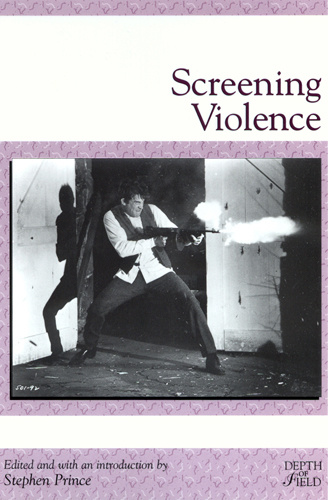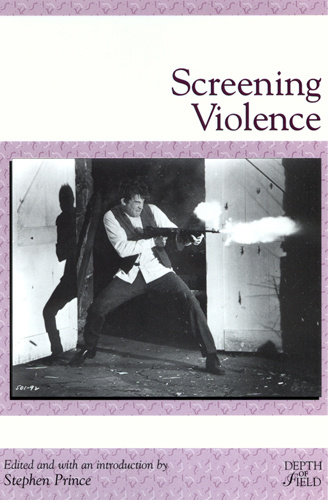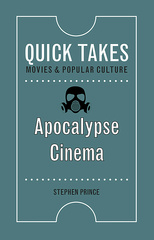Screening Violence
Graphic cinematic violence is a magnet for controversy. From passionate defenses to outraged protests, theories abound concerning this defining feature of modern film: Is it art or exploitation, dangerous or liberating?
Screening Violence provides an even-handed examination of the history, merits, and effects of cinematic “ultraviolence.” Movie reviewers, cinematographers, film scholars, psychologists, and sociologists all contribute essays exploring topics such as:
· the origins and innovations of film violence and attempts to regulate it
(from Hollywood’s Production Code to the evolution of the ratings system)
· the explosion of screen violence following the 1967 releases of Bonnie and Clyde and The Dirty Dozen, and the lasting effects of those landmark films
· the aesthetics of increasingly graphic screen violence
· the implications of our growing desensitization to murder and mayhem, from The Wild Bunch to The Terminator
Screening Violence features an impressive scope of articles on the problem of media violence and its increase since the 1960s. In his introduction, Prince states his editorial goals, which are to examine æthe origins of ultraviolent movies, the long-standing controversies over the effects of viewing film violence, the evidence furnished by social science about these effects, and the inherent characteristics of screen violence that subvert its progressive, legitimate uses.Æ . . . Screening Violence offers an excellent introduction to the topic for use in the classroom . . . and the variety of sources invites selective courses of reading. Students will also appreciate the focus on the historical moment, before their time, when the discussion of media violence begins to take the shape familiar to them from their own experience.
This welcome collection on cinematic æultra violenceÆ comprises 14 readable contributions, most by film critics, film scholars, and social scientists. . . . Readers will enjoy Bosley CrowtherÆs elitist angst and Jack ValentiÆs convoluted testimony before the National Commission on the Causes and Prevention of Violence. Suitable for upper-division undergraduate and graduate courses.
The Historical Context of Ultraviolence -
The Thin Red Line
Movies to Kill People By
Another Smash at Violence
Crowther Crowther's `Bonnie'-Brook: Rap at Violence Stirs Brouhaha
Statement by Jack Valenti, MPAA President, before the National Commission on the Causes and Prevention of Violence
The Aesthetics of Ultraviolence -
Bang Bang Bang Bang, Ad Naseum
Death and Its Details
Violence: The Strong and the Weak
The Violent Dance: A Personal Memoir of Death in the Movies
Her Body, Himself: Gender in the Slasher Film
The Aesthetic of Slow-Motion Violence in the Films of Sam Peckinpah
The Effects of Ultraviolence -
Some Effects of Thoughts on Anti- and Prosocial Influences of Media Events: A Cognitive-Neoassociation Analysis
Mass Media Effects on Violent Behavior
Contributors
Index






